Dunster, Somerset, England
Dunster Castle
Dunster Castle is a former motte and bailey castle, now a country house, that lies on the top of a steep hill called the Tor. It has been fortified since the late Anglo-Saxon period. After the Norman conquest of England in the 11th century, William de Mohun constructed a timber castle on the site as part of the pacification of Somerset. At the end of the 14th century the de Mohuns sold the castle to the Luttrell family, who continued to occupy the property until the late 20th century. In 1976, the Luttrell family gave Dunster Castle and most of its contents to the National Trust, which operates it as a tourist attraction. It is a Grade I listed building and scheduled monument.
The castle is reputedly haunted by the apparition of an old lady in 17th century clothing who frequents the corridors, and a roundhead soldier in the Leather Room of the Gatehouse. Is the woman in 17th century clothing the same as the Grey Lady reported on one of the castle staircases? The sounds of money clinking on nights of a full moon have also been reported, which some have connected with the de Mohuns used to make their own coins here.
The castle shop in the Stable Block is allegedly haunted by a man in green and a "mysterious green light" has also been reported there. Staff and visitors have also reported that the building has an uncomfortable, and even "menacing" atmosphere. Stock sometimes falls inexplicably.
Dunster,
near Minehead,
Somerset,
TA24 6SL.
For further information, please read Haunted Castles of Britain and Ireland by Richard Jones and Ghosts: Mysterious Tales from the National Trust by Sian Evans.







